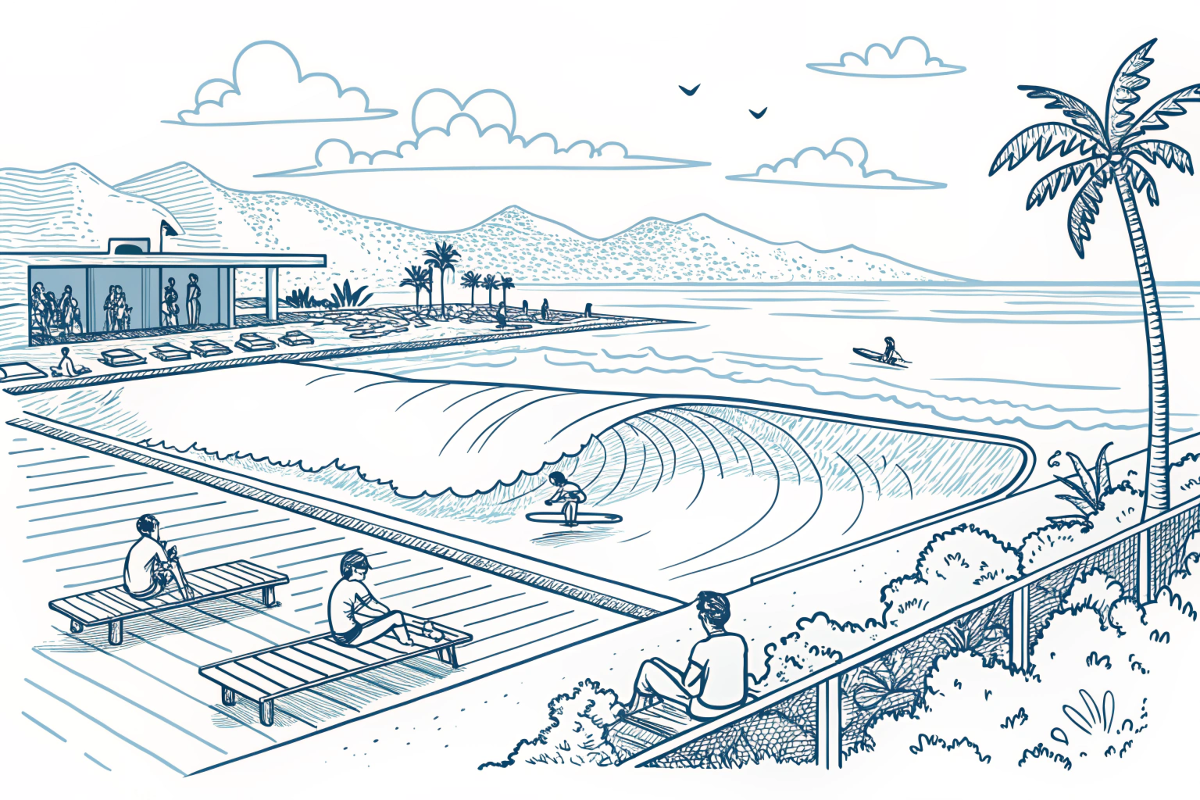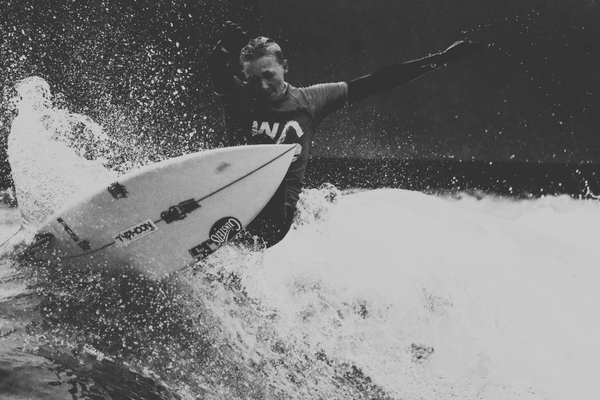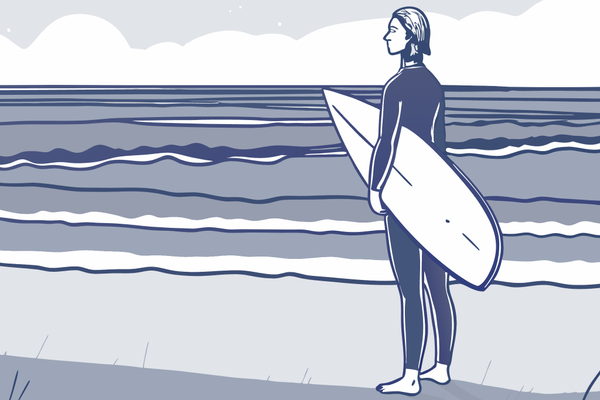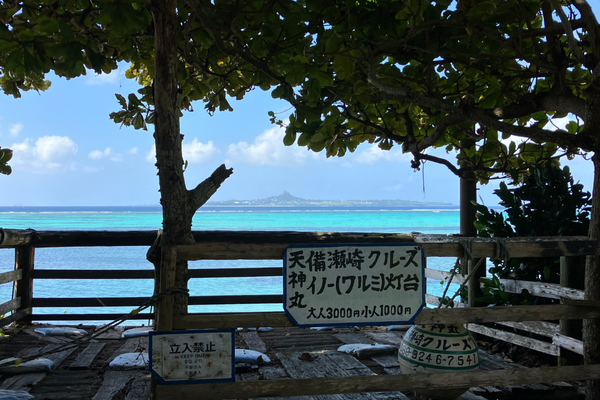Wave Pool Dream: Is Taiwan Ready for Consistent Surf? Part II

For many traveling surfers, Taiwan might not be the first place that comes to mind—but it should be. Taiwan is more than just a dot on the map for adventurous surfers—it’s a subtropical island with reef-lined coastlines, typhoon seasons, and a grassroots surf culture that’s been quietly growing for decades. While not as internationally hyped as nearby destinations like Indo, the Philippines, or Japan, it offers something rare: raw coastline, homegrown communities, and moments of uncrowded perfection.
But Taiwan’s waves aren’t always easy to catch. Our surf windows are narrow, the wind can flip in minutes, and swell forecasting is more art than science. And that’s where wave pools come in—not to replace our coastline, but to complement it.
For surfers, travelers, and visionaries tuning in from abroad: this chapter is about what it would take to build something like that here, and why Taiwan might just be the most underrated place for inland surf potential in Asia.
Taiwan’s Local Pulse: The Case for Going Inland
Taiwan’s surf scene is vibrant—but inconsistent. A wave pool could flip the script.
From our recent online survey of local surfers, here’s what we found:
When we asked local surfers how they felt about wave pools, the response was loud and clear. Most told us they’d jump at the chance to surf more often—rain or shine. For many, the idea of having a space to train, hang out, or just catch a few clean waves between work and family life sounded like a game changer.
A majority also shared that they’d be willing to travel across cities or regions just to access one. That says something—not just about demand, but about a community that’s hungry to grow, connect, and push their surfing to new places.
We also heard strong support for designs that are inclusive, progressive, and eco-conscious. Pricing, too, came up often—surfers want transparency and fair models that keep things accessible, not elitist.
If there’s one message we took from the survey, it’s this: Taiwan’s surf community is ready. All it needs now is the space to grow.
Taiwan’s geography makes forecasting tricky. Our reef setups, swells, and wind patterns don’t always sync. A wave pool won’t replace the ocean, but it can complement it—especially when surfable days are rare.
On top of that, Taiwan sits in a prime position on the map. With major surf regions like Japan, Indonesia, and the Philippines just a flight away, it’s right in the heart of a growing regional surf network.
What’s more, the local surf scene isn’t just growing—it’s pulsing with energy. Surfers here are eager to surf year-round, not just seasonally. They’re shaping boards, mentoring newcomers, and chasing every swell that rolls in.
And beyond the lineup, Taiwan already has the bones of a strong tourism culture. From hot spring towns and mountain hikes to night markets and boutique stays, it’s a country that knows how to host—and a wave pool could easily become part of that adventure.
In other words: the demand is real. The surf culture is ready. What’s missing? The infrastructure.
What Does It Take to Make Waves Inland in Taiwan?
Let’s be honest—building a wave pool isn’t just about digging a hole and filling it with water. It’s about community, technology, and long-term commitment.
The wave pools we’ve visited—and the ones that have truly stuck with us—share some common threads. They’re not always the biggest or most high-tech, but they all manage to strike a balance between accessibility, authenticity, and experience.
What makes them work? It usually comes down to a few things: a location that’s easy to get to but feels like a getaway; a purpose that’s clearly defined, whether it’s to train elite surfers or teach first-timers; and a spirit of collaboration, where local voices shape the outcome alongside wave tech experts and long-term operators.
Taiwan already offers a diverse playground for surfers—each region with its own flavor and rhythm. The north, anchored around Taipei and Yilan, is home to the island’s most accessible breaks and already hosts international competitions. Yilan especially has emerged as a hub, with a surf culture that’s built around weekend warriors and committed locals alike.
Further south, Taitung and the east coast offer a different kind of magic: dramatic cliffs, undisturbed beaches, and some of the best waves on the island. It’s here that Taiwan hosts WSL competitions, a testament to the region’s world-class potential.
Then there's the south—picture-postcard beaches, tropical air, and a gentler rhythm that makes it ideal for beginners and cruisers. Paired with stable weather and flatter terrain, this region also opens up practical possibilities for long-term infrastructure.
So when we talk about bringing surf inland, we’re not starting from scratch. We’re looking at an island that already breathes surf culture in every direction—and thinking about how to weave in something that brings more waves to more people, more of the time.
This isn’t about copying and pasting a model from somewhere else. It’s about starting from where we are—and building something that truly fits.
More Than a Pool, a Surf Ecosystem
A wave pool, if done right, isn’t just about getting more people in the water. It becomes a stage for culture, connection, and creativity. In Taiwan, it could mean more than just consistent waves—it could mean nurturing homegrown surf talent, drawing in curious travelers, and creating a space where local energy meets global innovation.
Imagine a dedicated training ground tucked between mountain and sea, where surfers from across Asia gather to push their limits. Or a weekend destination for families, new surfers, and ocean lovers who want to feel the rhythm of waves without waiting on swell.
A project like this could also become a magnet for surf-tech developers—a regional canvas for new wave-making systems, new sustainability practices, and new ways of building with the environment rather than against it. Taiwan already has BOT (Build-Operate-Transfer) and OT (Operate-Transfer) development models—frameworks that are commonly used for public infrastructure projects like airports, cultural venues, or transit systems. These models allow for collaboration between the government and private sector, often reducing financial risk while enabling long-term, publicly beneficial outcomes. For a wave pool, this means potential pathways for land use, planning, and sustainable operation that align with national development goals and local community interests
What’s exciting isn’t just the idea of surfing more. It’s the chance to design a surf experience that reflects Taiwan’s people, its places, and its playful spirit. That’s not just strategy—it’s storytelling through surf.
Riding Into What’s Next
Wave pools don’t replace the ocean. They add to it.
For Taiwan, the opportunity is more than just about business. It’s about elevating our surf community, giving local talent room to grow, and welcoming the world to experience our unique surf culture, no matter the conditions.
Let’s build the wave we want to ride.
This is just the first ripple. We’ll be updating this living article as we gather more research and perspectives. Got input, want to collaborate, or just stoked about the vision? Hit us up at TaiwanSurfJournal.com.



